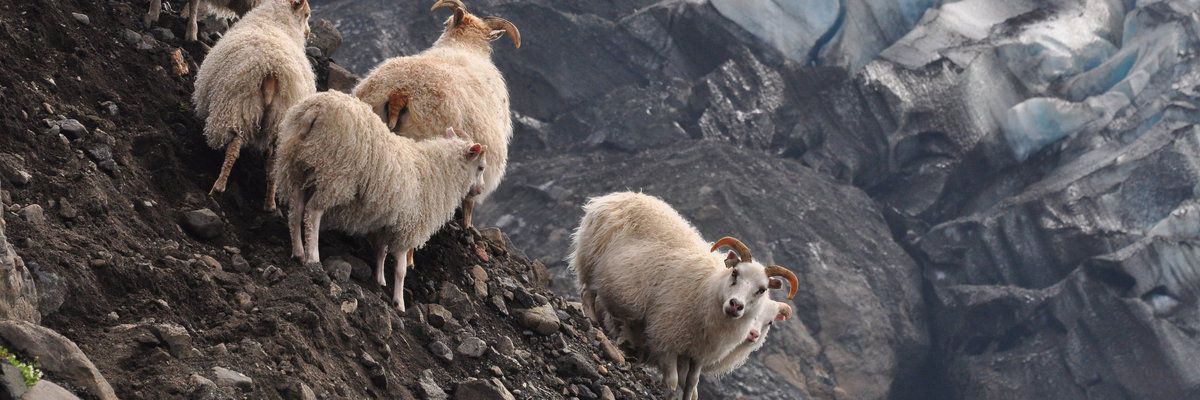Introduction
Southern Iceland still resonates in the international consciousness as the home of the Eyjafjallajokull volcano, famous for the spectacular 2011 eruptions that grounded planes across Europe. The largest eruption of recent years, this event served as a reminder of Iceland's turbulent past and drew the worlds attention to the startling beauty of this volcanic landscape.
This rich geothermal activity is what makes Southern Iceland the most visited of all Iceland's regions; thermal springs here have created geysers capable of expelling plumes of water up to 70 meters tall. The regularity of this spectacle makes this a popular stop on the Golden Circle route, taking in Geysir, Pingvellir National Park and the falls at Gullfoss.
This region is truly a land of waterfalls; approach as close to the edge of the abyss as you dare at Gullfoss, walk behind a wall of water at picturesque Seljalandsfoss, or get soaked by spray at mighty Skogafoss, which towers over you at 200ft.
With black volcanic sands, thermal springs and bubbling mud pools, the beauty of this landscape relies on Iceland's unique geographical location, straddling one of most active tectonic rifts in the world.



















